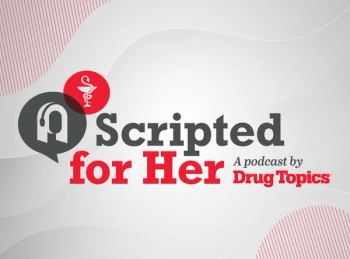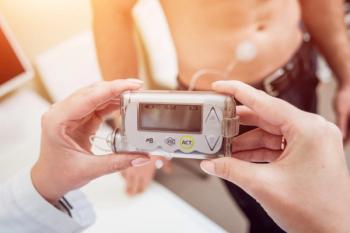
USP Drug Safety Review: Top 10 drugs involved in medication errors
USP Safety Column
HEALTH-SYSTEM EDITION
Drug Safety Review
Top 10 drug products involved in medication errors
Powerful pharmaceuticals cure diseases, ease pain, and improve the quality of life for millions of people. But these drugs can also be harmful when they are involved in errors. In addition to tracking medications associated with the errors, USP also tracks more than 50 causes and 13 types of medication errors through its MEDMARX and Medication Errors Reporting programs. Below are the drugs most frequently associated with actual and potential errors as reported to MEDMARX over a one-year period. Also included are the types and causes of the errors when they result in temporary or permanent harm or death. For medication errors classified as Category E-I (harmful or fatal outcomes) using the Error Category Index of the National Coordinating Council for Medication Error Reporting and Prevention, all types and causes are listed.
USP has found that as many as 1,400 different products have been involved in a single year's error reports, and many appearing in the top 10 are high-alert drugs. High-alert drugs consistently remain the most problematic products involved in medication errors, and the most serious outcomes of errors have been associated with these drugs, particularly for elderly patients. The high-alert drugs appearing below include insulin, morphine, potassium chloride, heparin, warfarin, and others. Despite the classification of these drugs as high-alert, facilities find it difficult to devise safe methods for using these products. Although the reasons for this difficulty are unclear and require further research, they could be due in part to the following: the sheer volume of use of high-alert drugs, inadequate procedures and protocols to ensure their safe use, noncompliance with established policies and procedures, or inadequate staff training in the established procedures and protocols.
Performance improvement activities for the top 10 products listed below can center on the drug class (based on the VA medication classification system) as a whole to ensure that they are used safely. For reports submitted to MEDMARX in calendar year 2002, USP found the following classes to represent the most harmful outcomes:
• Central nervous system medications
Opioid analgesics
Sedatives/hypnotics/anxiolytics
Anticonvulsants
• Cardiovascular medications
Beta-blockers
Diuretics
Calcium-channel blockers
• Hormones/synthetics/modifiers
Insulins
Oral antidiabetic agents
Adrenal corticosteroids
The Medication Errors Reporting Program is presented in cooperation with the Institute for Safe Medication Practices.
Includes all dosage forms and formulations
By John P. Santell, M.S., R.Ph.; Diane D. Cousins, R.Ph.; Rodney Hicks, R.N., M.S.N., M.P.A.; and Marsha Protzel, R.N., B.S.
John P. Santell is Director of Educational Program Initiatives; Diane D. Cousins is VP; Rodney Hicks is Research Coordinator; and Marsha M. Protzel is a QC-QA analyst, USP Center for the Advancement of Patient Safety, U.S. Pharmacopeia.
Tony Vecchione. USP Drug Safety Review: Top 10 drugs involved in medication errors.
Drug Topics
Dec. 8, 2003;147:HSE23.
Newsletter
Pharmacy practice is always changing. Stay ahead of the curve with the Drug Topics newsletter and get the latest drug information, industry trends, and patient care tips.
























































































































